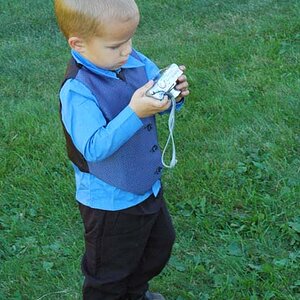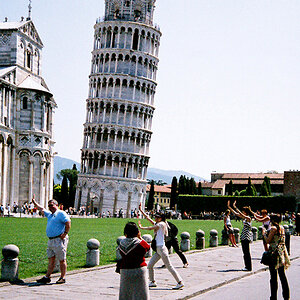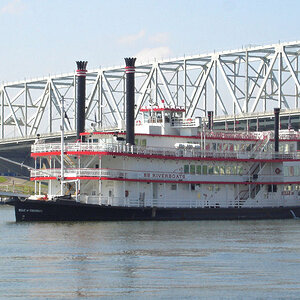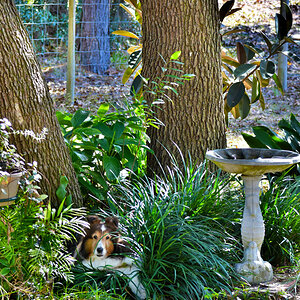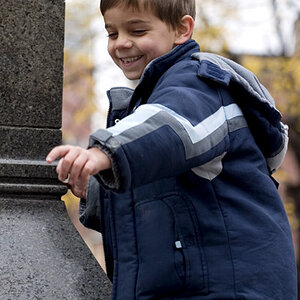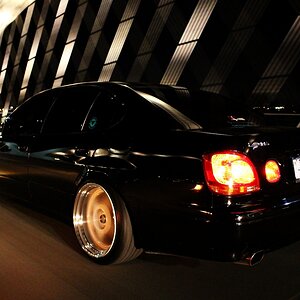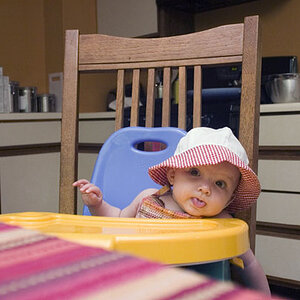wildmaven
TPF Noob!
- Joined
- Aug 3, 2007
- Messages
- 985
- Reaction score
- 0
- Location
- Picking up dog poops
- Website
- wildmaven.org
- Can others edit my Photos
- Photos OK to edit
I am going to be doing a photo shoot this weekend inside a government building and just got an email saying that they will be unable to shut off the flourescent lights. I'll have my 2 light sets and backgrounds, but it's just me doing the shoot, so I won't be able to have anyone hold anything to block the lights, and I can't put tape, tacks, etc in the walls to hold anything. Shooting outside is not an option. Any suggestions?? I've been asking them for over a week about the lights and they finally get back to me the day before the shoot. :er:
Marian
Marian


![[No title]](/data/xfmg/thumbnail/34/34083-76406a409bc520ead3cc11af09ebd257.jpg?1619736269)
